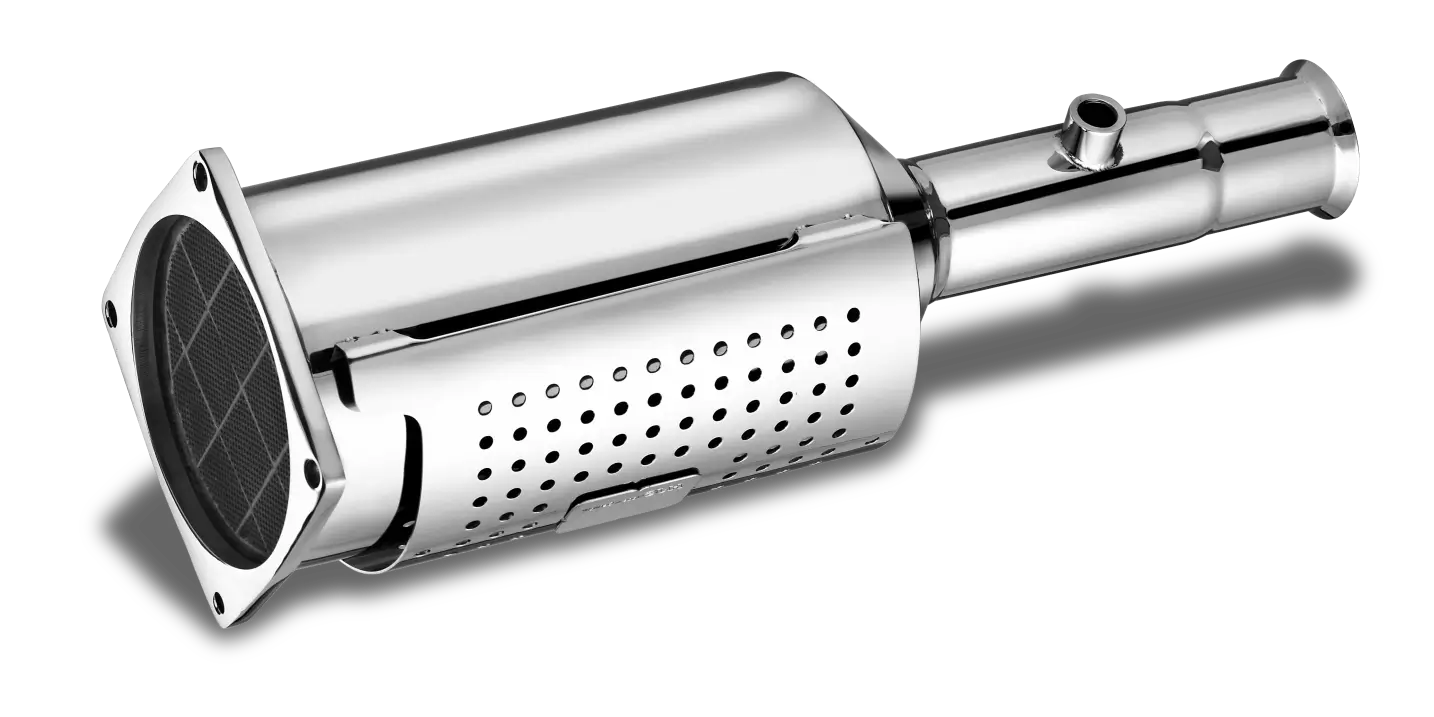How to Take Care of Your DPF
1️⃣ Drive at Higher Speeds to Regenerate the DPF
DPFs have a self-cleaning process called “regeneration,” where trapped soot burns off at high temperatures. To allow this to happen:
✅ Drive on a motorway or highway at 40-60 mph (65-100 km/h) for at least 15-30 minutes once a week
✅ Keep revs above 2,000 RPM during the drive
✅ Avoid short, low-speed trips that don’t allow the DPF to reach the necessary temperature
If you do a lot of city driving, try to take your car on a longer drive regularly to help the DPF clean itself.
2️⃣ Use the Right Type of Engine Oil
Not all motor oils are DPF-friendly! Use low-ash (low-SAPS) oil to prevent excessive soot buildup. Check your car manual for C1, C2, C3, or C4 specification oils that support DPF systems.
3️⃣ Never Ignore the DPF Warning Light
If the DPF warning light appears on your dashboard, act fast! This means the filter is becoming clogged.
✔ Drive at higher speeds to trigger regeneration
✔ Avoid turning the engine off immediately after a short trip
✔ If the light persists, seek professional help to avoid expensive repairs
4️⃣ Avoid Using Poor-Quality Diesel Fuel
Cheap or low-quality diesel can lead to higher soot production, which clogs the DPF faster. Always use high-quality diesel from reputable fuel stations.
Consider using a DPF-friendly fuel additive to help clean the filter and improve combustion efficiency.
5️⃣ Get a Professional DPF Cleaning if Necessary
If your DPF is severely clogged, a professional DPF clean or forced regeneration may be required. This is done using specialized equipment at a garage. Regular DPF servicing can extend its lifespan and prevent costly replacements.


